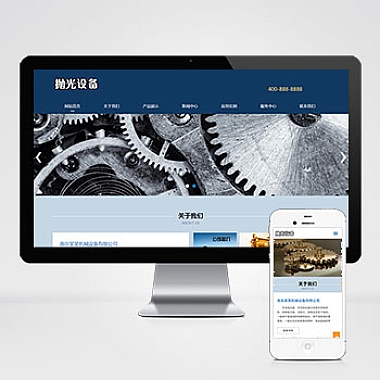在前端生成用于后端 ThinkPHP 框架的验证器逻辑并不常见,因为验证通常是在后端完成的,以确保数据完整性和安全性。你可以在前端进行一些基本的表单验证,以提高用户体验,并在提交数据之前捕获一些明显的错误。
下面是一个简单的例子,展示如何在前端使用 JavaScript(或结合一些库如 jQuery 或 Vue.js)进行基本验证,而后端使用 ThinkPHP 进行更严格的验证。
前端基本验证(使用 JavaScript)
假设你有一个简单的注册表单,包含用户名、邮箱和密码字段。
<!DOCTYPE html>
<html lang="en">
<head>
<meta charset="UTF-8">
<meta name="viewport" content="width=device-width, initial-scale=1.0">
<title>Form Validation</title>
</head>
<body>
<form id="registrationForm">
<label for="username">Username:</label>
<input type="text" id="username" name="username" required>
<br>
<label for="email">Email:</label>
<input type="email" id="email" name="email" required>
<br>
<label for="password">Password:</label>
<input type="password" id="password" name="password" required minlength="6">
<br>
<button type="submit">Register</button>
</form>
<script>
document.getElementById('registrationForm').addEventListener('submit', function(event) {
const username = document.getElementById('username').value;
const email = document.getElementById('email').value;
const password = document.getElementById('password').value;
if (username.length < 3) {
alert('Username must be at least 3 characters long.');
event.preventDefault(); // Prevent form submission
} else if (!email.includes('@')) {
alert('Please enter a valid email address.');
event.preventDefault();
} else if (password.length < 6) {
alert('Password must be at least 6 characters long.');
event.preventDefault();
}
});
</script>
</body>
</html>
后端验证(ThinkPHP)
在 ThinkPHP 中,你可以在控制器或模型中定义验证规则。例如,你可以在控制器中使用验证器类:
namespace app\controller;
use think\facade\Validate;
class UserController
{
public function register()
{
$data = [
'username' => input('post.username'),
'email' => input('post.email'),
'password' => input('post.password'),
];
$validate = Validate::rule([
'username' => 'require|min:3|max:25',
'email' => 'require|email',
'password' => 'require|min:6',
]);
if (!$validate->check($data)) {
return json(['error' => $validate->getError()]);
}
// Proceed with registration logic
return json(['success' => 'Registration successful!']);
}
}
- 前端验证:用于即时反馈和提高用户体验,但不能替代后端验证。
- 后端验证:确保数据的安全性和完整性,是必需的。
通过在前端和后端都进行验证,你可以创建一个更健壮和用户友好的应用程序。







